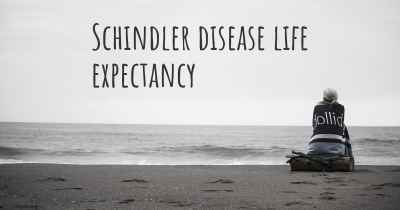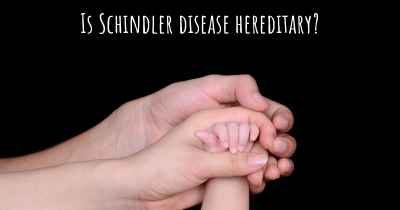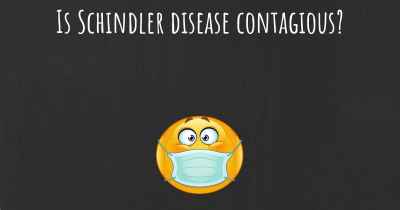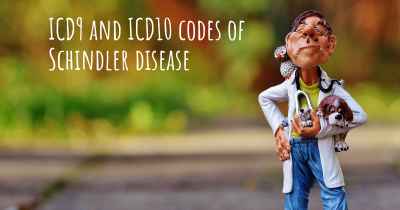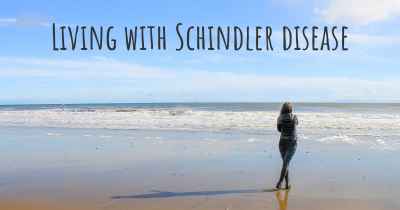Which are the symptoms of Schindler disease?
See the worst symptoms of affected by Schindler disease here
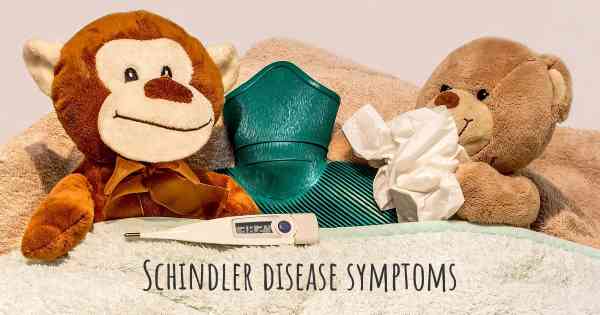
Schindler disease, also known as Kanzaki disease, is a rare genetic disorder that belongs to a group of conditions called lysosomal storage disorders. It is caused by mutations in the N-acetylglucosamine-1-phosphotransferase (GNPTAB) gene, which is responsible for the production of an enzyme called alpha-N-acetylglucosaminidase.
Schindler disease is characterized by the accumulation of certain substances, such as glycolipids and mucopolysaccharides, within the lysosomes of cells throughout the body. This buildup occurs due to the deficiency or malfunction of the alpha-N-acetylglucosaminidase enzyme, leading to impaired lysosomal function.
The symptoms of Schindler disease can vary widely depending on the specific subtype and severity of the condition. There are two main subtypes of Schindler disease: type I and type II.
Type I Schindler Disease:
Type I Schindler disease typically presents in infancy or early childhood. The symptoms may include:
- Developmental delay: Children with Schindler disease may experience delays in reaching developmental milestones, such as sitting, crawling, or walking.
- Intellectual disability: Progressive intellectual impairment is a common feature of Schindler disease. It can range from mild to severe, affecting cognitive abilities, learning, and overall intellectual functioning.
- Seizures: Some individuals with Schindler disease may develop seizures, which can vary in frequency and severity.
- Coarse facial features: Facial features may appear coarse or abnormal, including a prominent forehead, wide-set eyes, a flattened nasal bridge, and thick lips.
- Hearing loss: Sensorineural hearing loss, which affects the inner ear, can occur in individuals with Schindler disease.
- Organomegaly: Enlargement of certain organs, such as the liver and spleen, may be observed in some cases.
Type II Schindler Disease:
Type II Schindler disease typically presents later in childhood or adolescence. The symptoms may include:
- Intellectual disability: Similar to type I, individuals with type II Schindler disease may experience progressive intellectual impairment.
- Ataxia: Ataxia refers to a lack of coordination and unsteady movements. It can manifest as difficulties with balance, walking, and fine motor skills.
- Seizures: Seizures may occur in individuals with type II Schindler disease, similar to type I.
- Loss of previously acquired skills: Some individuals may experience a regression in their abilities, losing skills they had previously acquired.
- Behavioral changes: Behavioral abnormalities, such as aggression, hyperactivity, or mood disturbances, may be observed.
- Visual impairment: Vision problems, including retinal degeneration and optic atrophy, can occur in some cases.
It is important to note that the symptoms and their severity can vary significantly between individuals with Schindler disease, even within the same subtype. Additionally, there may be other less common symptoms associated with the condition.
Diagnosis of Schindler disease involves a combination of clinical evaluation, genetic testing, and assessment of enzyme activity. Treatment options for Schindler disease are currently limited, and management primarily focuses on supportive care to address the specific symptoms and complications experienced by the individual.
